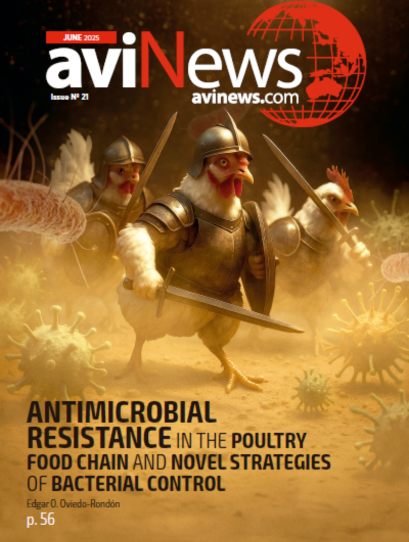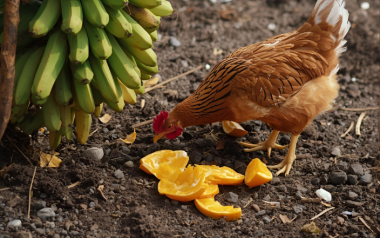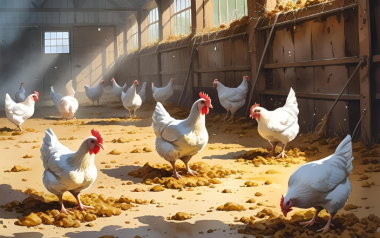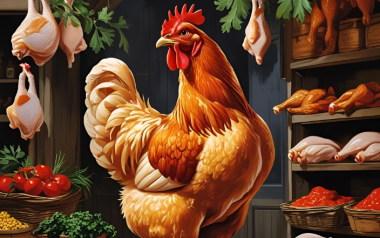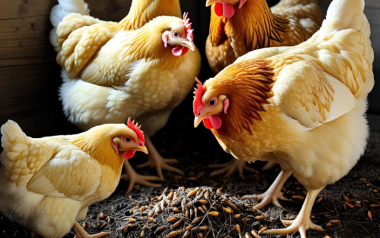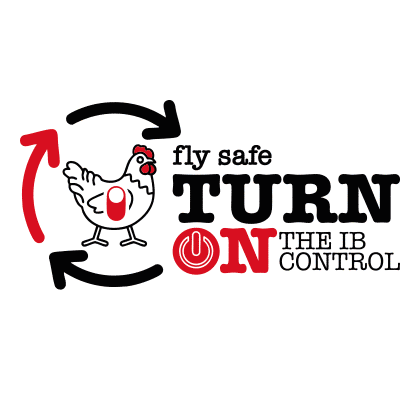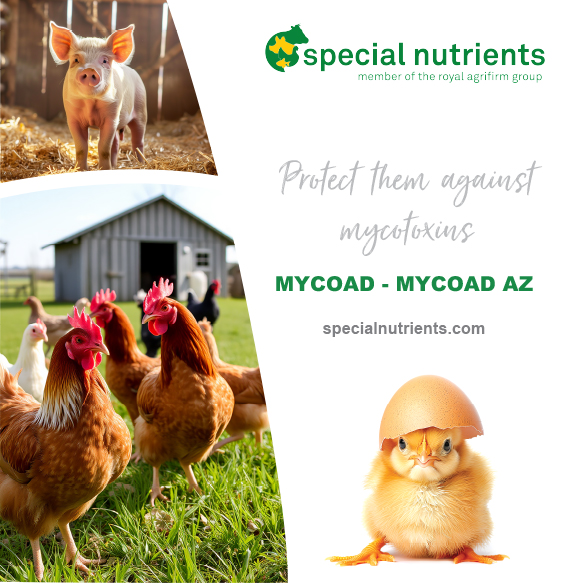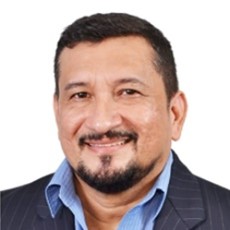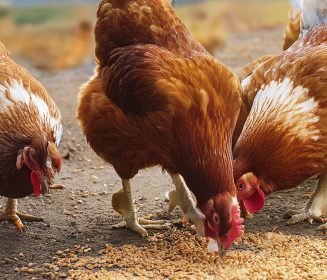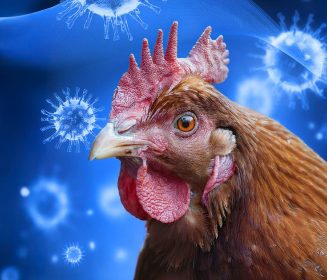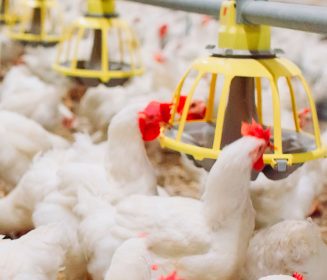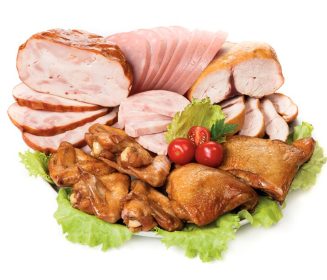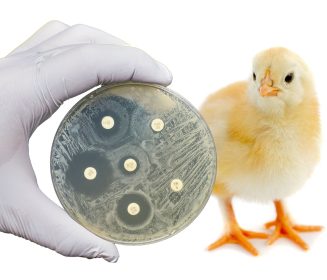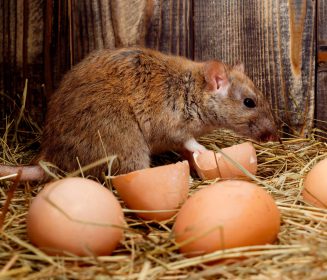
11 Jun 2025
Raising meat ducks on biosecure flooring: 1.5 times more profitable than traditional methods
On June 9, the Quang Tri Provincial Agricultural Extension Center announced the implementation of a new biosecure flooring-based model for raising meat ducks using a new breed.
Available in other languages:
Content available at:
Tiếng Việt (Vietnamese)
On June 9, the Quang Tri Provincial Agricultural Extension Center announced the successful implementation of a new model for raising meat ducks using imported breeds on biosecure flooring, integrated with product distribution partnerships.
This model not only delivers outstanding economic efficiency- yielding profits 1.5 times higher than traditional farming methods, but also offers a sustainable path forward for farmers, especially in the face of climate change and increasing disease risks.
The model was piloted in three localities: Hai Hung Commune (Hai Lang District), Trieu Co Commune (Trieu Phong District), and Gio Hai Commune (Gio Linh District), using 1,000 Grimaud ducks imported from France at each location.

Grimaud is a meat duck breed developed by Grimaud Group (France).
Grimaud ducks are known for their rapid growth, short raising period, strong adaptability to tropical climates, and high meat yield, making them well-suited to both industrial and semi-industrial farming systems in Vietnam.
Continue after advertising.
The key breakthrough of this model lies in its change of rearing method: instead of traditional pond or free-range systems, the ducks are raised on elevated flooring (40-50 cm above ground).
The flooring is designed with 1-1.5 cm gaps, allowing waste to fall through to the sloped ground below, which facilitates easy collection and cleaning, thereby ensuring hygienic conditions and minimizing disease risk.
After 1.5 months of rearing, the ducks reached an average weight of 3.2 kg per bird, with a survival rate of up to 95.7%. At a selling price of approximately 1.68 USD/kg, after expenses, each pilot site yielded an average profit of around 748 USD-1.5 times higher than traditional methods.
A sustainable path for duck farming in the modern era
Beyond economic gains, this model offers several additional benefits:
- Shortened production cycle and faster flock turnover: Farmers can raise 4–5 batches per year, increasing output and maintaining consistent cash flow.
- Reduced environmental pollution: Waste and wastewater are centrally collected, greatly minimizing soil, water, and air pollution- common issues in pond-based systems.
- Lower disease risk and veterinary costs: Floor-based rearing better isolates ducks from external pathogens, reduces antibiotic usage, and enhances meat quality- aligning with rising consumer demand for clean, safe food.
The adoption of floor-based, biosecure duck farming is not only a technical advancement but also a step toward modern, circular, and sustainable agriculture. It presents a valuable opportunity for small-scale farmers to professionalize their operations, improve competitiveness, and contribute to both domestic food safety and export market readiness.

